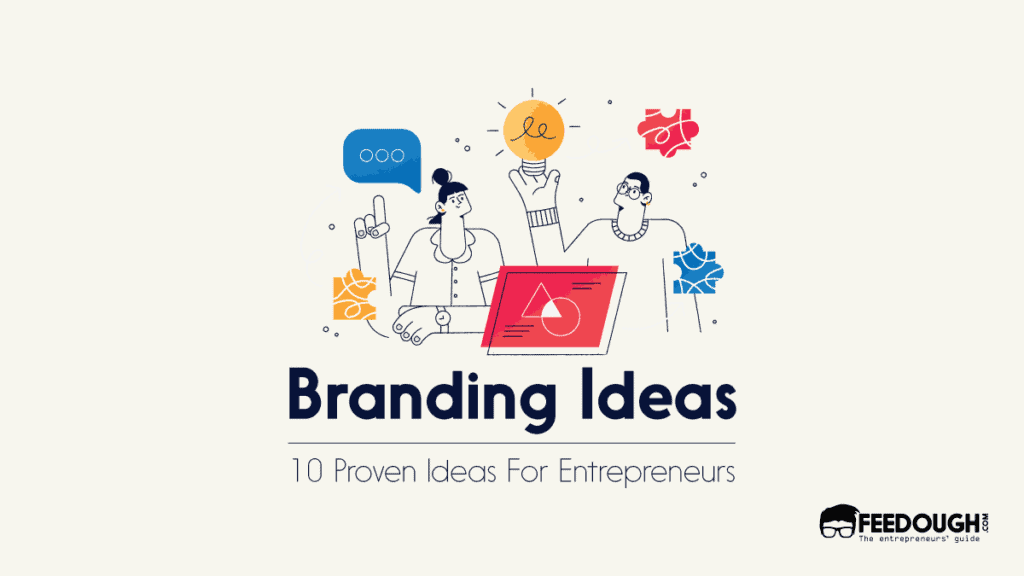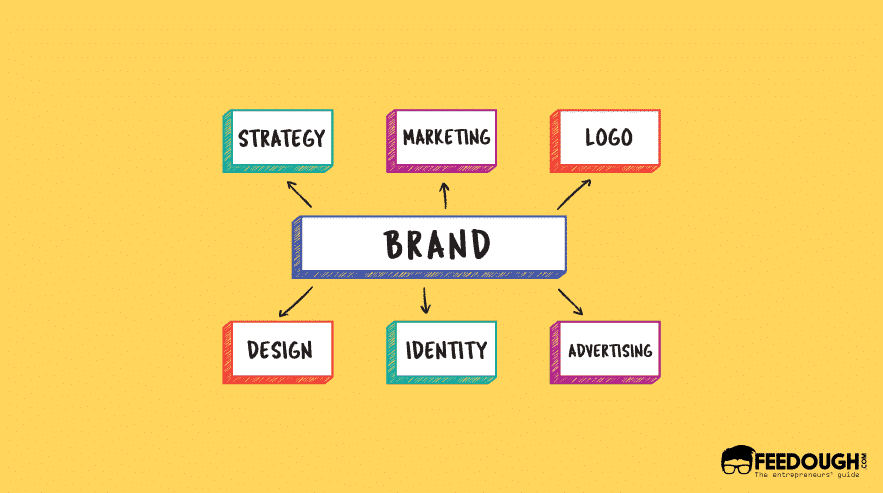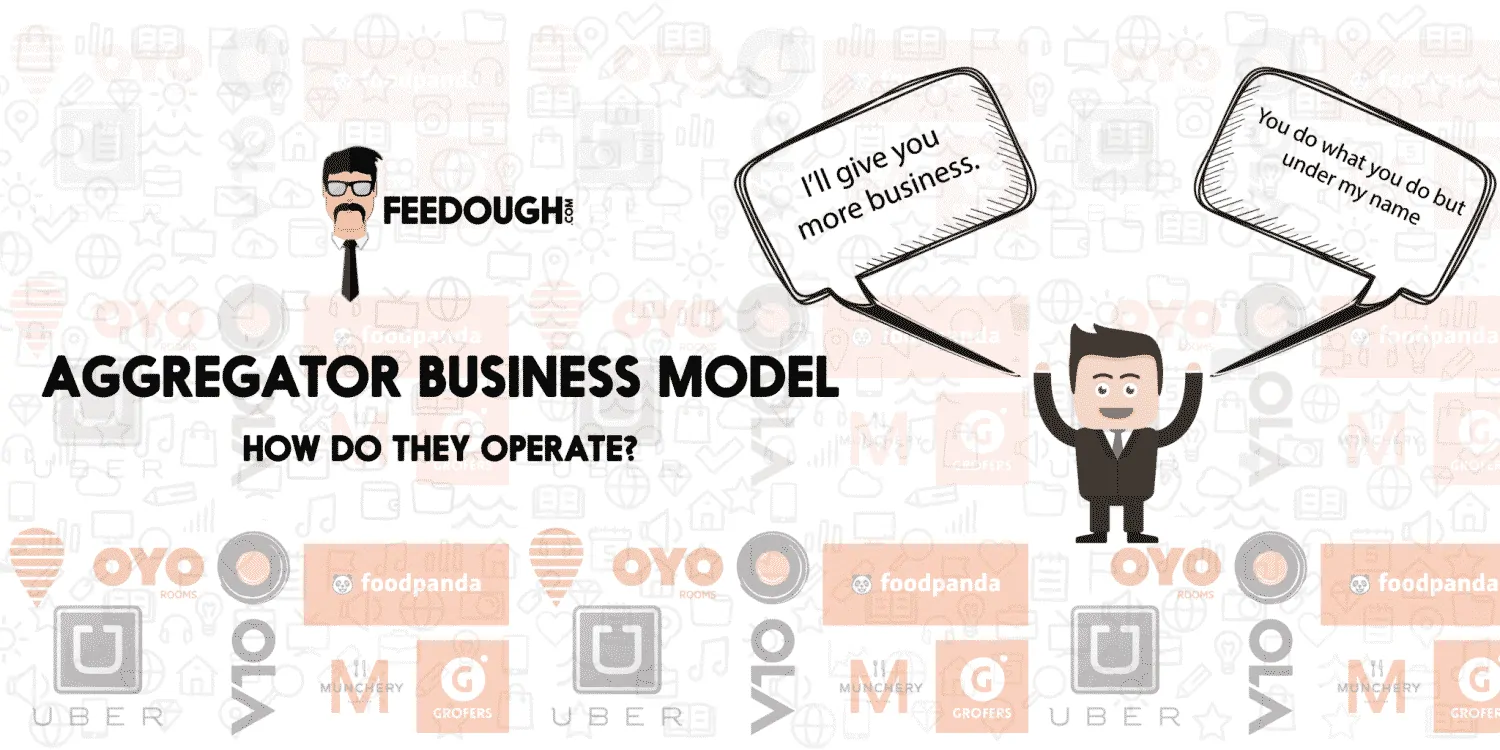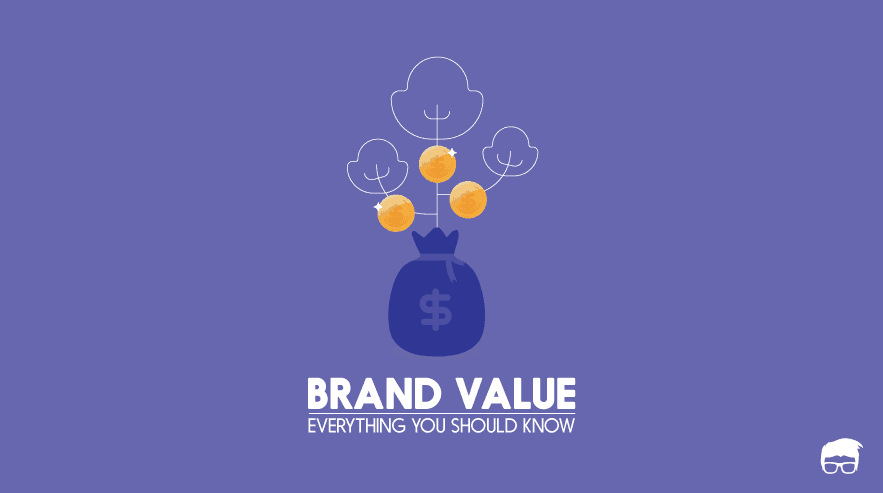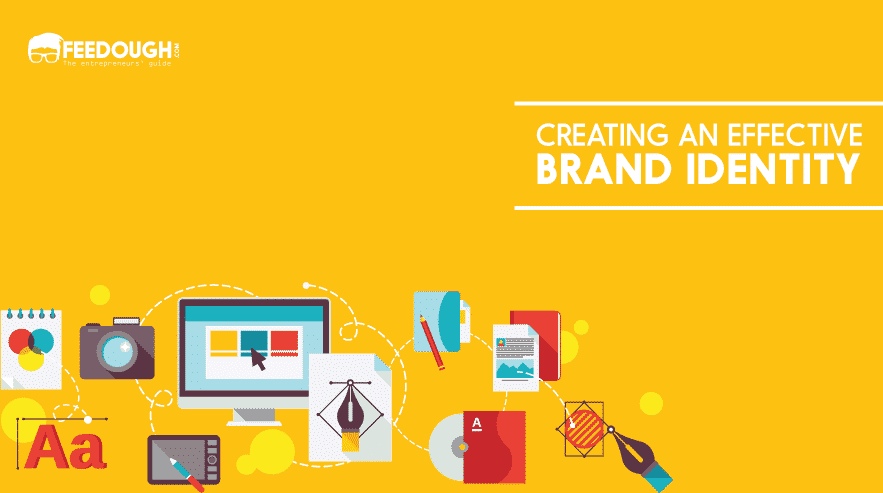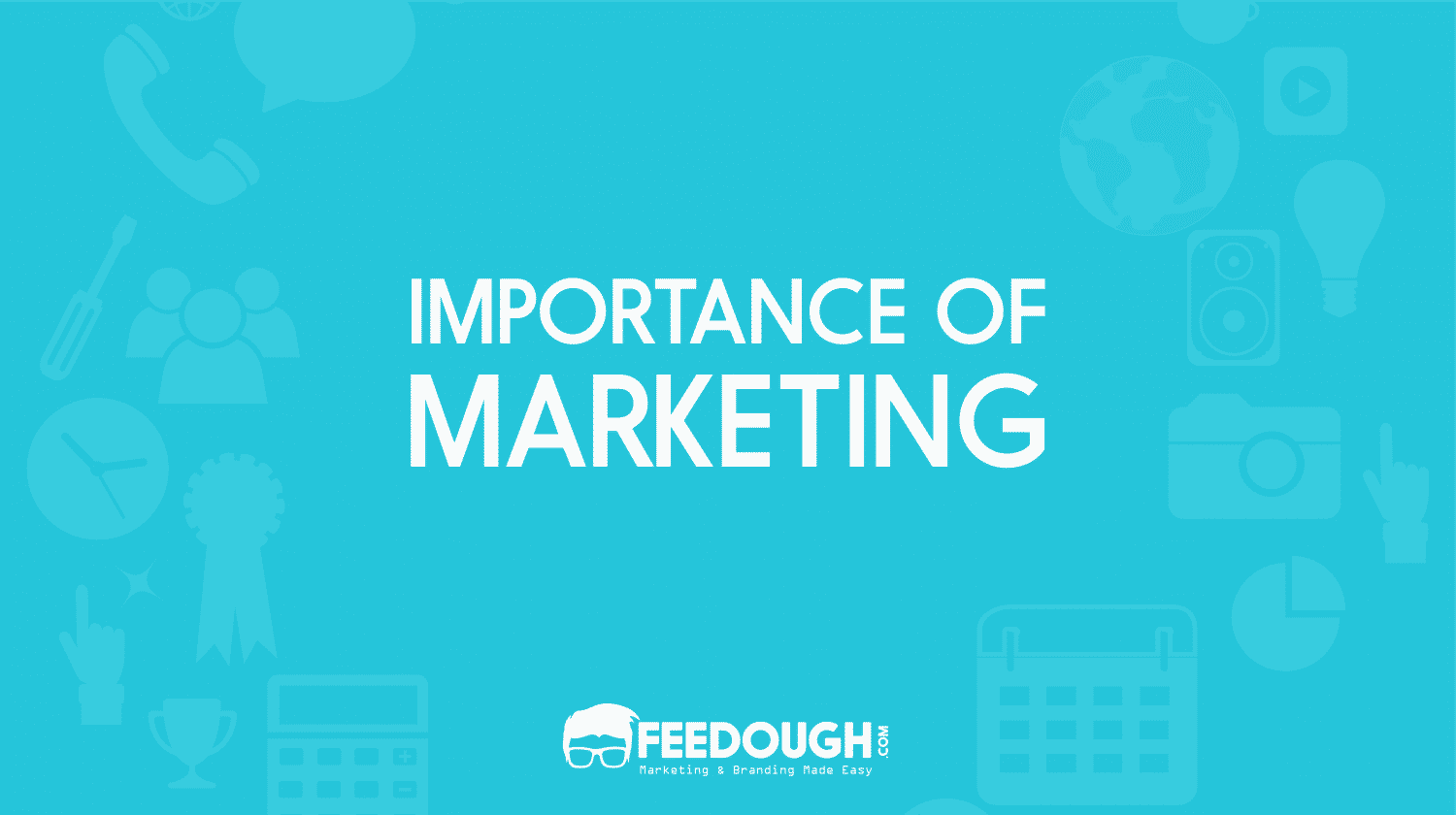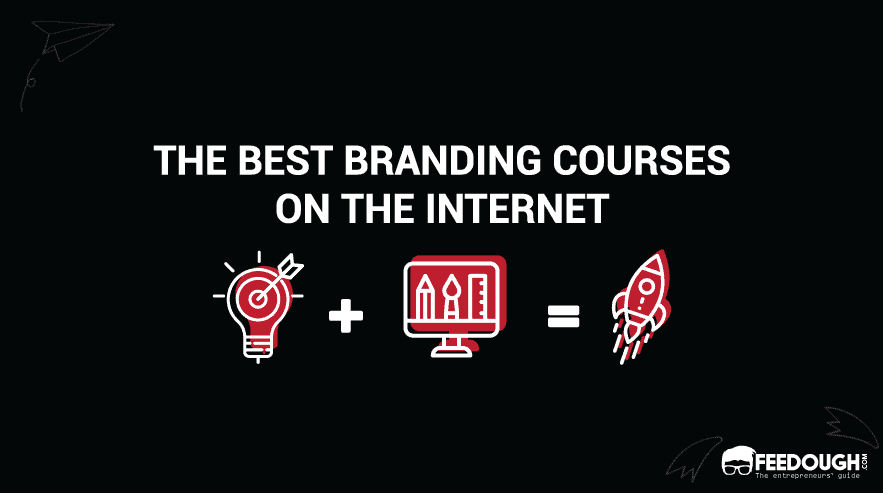You’ve worked hard to build a successful business. You might have even disrupted the industry with a revolutionary product or service.
However, there’s a problem. No one knows about your brand yet.
And this could hurt your business.
That’s why you need to focus on building a brand for your business that your customers recognise and relate to.
Fortunately, there are many creative ways to do this. Here are ten innovative branding ideas that will help you grow your business:
Story-Based Branding
Story-based branding, often called brand storytelling, refers to creating a narrative around your brand that speaks to people’s emotions.
This branding strategy uses narrative to create an emotional connection with the customer and deliver a message with a powerful impact. It capitalises on empathy and allows customers to relate to your brand on a personal level.
But this doesn’t mean sharing only the brand story – how the brand started and evolved. It can be anything related to the brand that can engage customers emotionally.
For example, Nike has managed to create an emotional connection with its customers by telling stories about how their products help athletes reach their goals. The stories usually involve athletes overcoming adversity, which resonates with their target audience.
Story-based branding stands out in a world of sales-oriented advertising. By telling a compelling story, you don’t sell an offering but create an experience, evoke emotions, and motivate action. Stories are a valuable asset in any branding strategy.
User-Generated Content (UGC) Oriented Branding
An average human sees around 4,000 to 10,000 advertisements daily, so standing out is a real challenge.
That’s why UGC-driven branding has gained popularity in recent years. UGC stands for user-generated content, and it refers to any content created by customers, such as reviews, videos, pictures, memes and more.
In this social media networking era, experts have proved that people trust content their peers and opinion leaders created more than corporate-made marketing messages.
This is why you would trust an Amazon review more than its product description.
A perfect example of UGC catering to branding is the ‘Share A Coke’ campaign by Coca-Cola. The beverage giant printed names on their bottle labels to create a personalised experience for customers and encourage them to share their own stories with the hashtag ‘ShareACoke’. This created a huge buzz and drove people to interact with the brand.
Sustainability Branding
Sustainability branding is the practice of creating and promoting a brand based on its commitment to environmental, social, and economic sustainability.
In this era where consumers are becoming more aware of the environmental consequences of their buying decisions, they’re increasingly looking for brands with similar beliefs and values.
To cater to this demand, some brands have developed sustainability-driven branding strategies that focus on promoting their commitment to reducing emissions, energy and water consumption, waste reduction, and more.
The North Face is a great example of a brand with a strong sustainability ethos. The company has done this using three strategies –
- It expects that by 2025, 100% of its top materials (polyester, cotton and nylon) be recycled, responsibly sourced, or regeneratively grown. It also aims to eliminate single-use plastics from its supply chain.
- It also has a dedicated section for its renewed products, where customers can buy recycled clothing items.
- Finally, it has also invested heavily in creating sustainable clothing materials, such as recycled wool and down.
This strong commitment to sustainability has helped the brand establish its position in the market and given it a competitive edge over other brands.
Cultural Relevance Branding
Cultural relevance branding connects your brand to a certain culture, trend or demographic.
This strategy helps you connect emotionally with the target group and generate more interest in the brand.
Let’s say you sell authentic Japanese products. To make your brand relevant to Japanese culture, you might create your entire brand strategy around the country’s culture and values.
You can use traditional Japanese elements like symbols, colours, food, dance, music etc., in your branding collateral to create an association between your products and the Japanese culture.
But cultural relevance branding isn’t limited to existing cultures. You can also create your own culture and use that to build your brand identity.
Red Bull, for example, has created its own energy-drink culture by sponsoring extreme sports events and creating a unique lifestyle for their target audience.
Experiential Branding
Experiential branding refers to creating an immersive experience for customers that facilitate engagement and interaction with the brand.
This branding strategy focuses on making the customer part of the brand rather than just a passive recipient of marketing messages.
Experiential branding often involves events, such as pop-up shops, launches, live performances, art installations etc. These activities create opportunities to capture customers’ attention and leave a lasting impression.
Coca-Cola’s ‘happiness machine’ campaign is a great example of experiential branding.
The company created a vending machine that dispensed free Coke cans and gifts, such as flowers, toys, videos etc. The idea was to create a surprise for people and make them feel special.
This campaign created a lot of buzz around the brand and encouraged customers to share their experiences with others.
Similarly, you can create one-of-a-kind experiences to engage with customers and make your brand stand out from the competition. Even small guerilla marketing techniques like sticker marketing or street art can greatly impact your branding efforts.
Transparent Branding
Transparency is becoming increasingly important in any brand’s image as customers become more conscious of the values and practices of companies they buy from.
Transparent branding is the practice of honesty and openness about your business operations, such as the production process, ingredients used, sourcing practices, environmental impact, etc.
This branding idea helps customers understand the value they are getting from the product and gives them a sense of authenticity.
Patagonia is a great example of transparent branding. The company has adopted an open-door policy where it openly shares information about its suppliers, production process and other business operations with its customers.
This has helped the brand establish itself as a socially responsible and trustworthy company, which in turn has encouraged customers to buy from them.
Brand Integration And Product Placement
Brand integration refers to integrating a company’s product into a larger media platform, such as TV shows, movies, or video games.
Product placement is an important element of brand integration that refers to just placing a company’s product in a media platform.
For example, you might see a famous actor drinking from a can of Coke in a movie. The placement of the product is not random; it’s done to create an association between the brand and its target audience.
Similarly, the movie Harold and Kumar Go to White Castle featured a lot of product placement for the restaurant chain White Castle. This helped create an association between the movie and the brand, increasing sales.
Brand localisation
Customers are far more likely to accept and trust a brand if it reflects the values and culture of the local population.
This branding idea focuses on adapting aspects of your branding to suit specific markets, such as language, imagery, cultural symbolism etc.
McDonald’s is a great example of localised branding. The fast-food chain has adapted its menu to accommodate different cultures worldwide. In India, for example, it had to go away with its top-selling ‘Big Mac’ burgers and instead offer vegetarian options such as Mc Aloo Tikki burgers to suit the local dietary preferences.
This allowed McDonald’s to establish a strong foothold in the Indian market and create an association with its target audience.
Brand Partnerships And Collaborations
Brand partnerships involve associations between two or more brands to achieve common objectives. These can be short-term collaborations or long-term strategic partnerships.
When a customer sees your brand partnering with another trusted and successful brand, it increases their trust in your own brand.
For example, a lounge partnering with a famous liquor brand can help create an association between the two brands and promote both of them simultaneously.
Similarly, when Uber partnered with Spotify, they enabled customers to play their favourite music during a ride. This helped create an association between the two brands and increased customer loyalty for both of them – increased satisfaction for Uber users and created brand awareness and endowment effect for Spotify.

The Expert’s Perspective
Often seen in toothpaste and pharmaceuticals, this type of branding uses experts to endorse the product. The use of doctors, dentists, athletes or celebrities as experts help customers to trust the product more and increase its credibility.
For example, Gatorade has used famous athletes like Michael Jordan to promote their sports drinks. This gave the brand a lot of credibility in the eyes of consumers and helped them become a leader in the sports drink industry.
This branding idea is slowly taking the shape of influencer marketing, where influencers are used to promote the product. However, the motive remains the same – to increase trust in the product and make it more credible.
A startup consultant, digital marketer, traveller, and philomath. Aashish has worked with over 20 startups and successfully helped them ideate, raise money, and succeed. When not working, he can be found hiking, camping, and stargazing.
